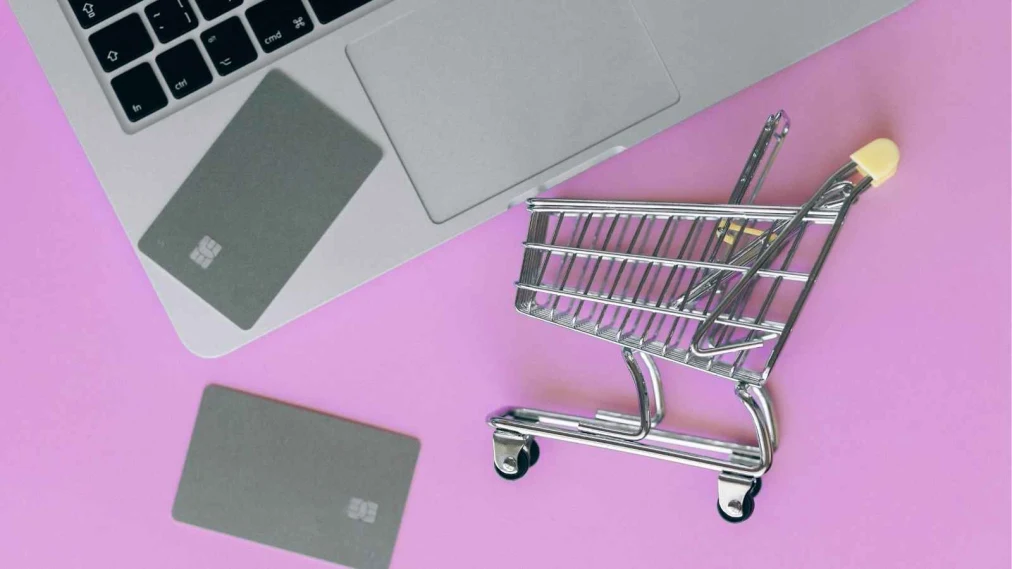By Jaye Cowle
You’re all excited about your product, you’re convinced people are going to love it and cannot wait to start selling it.
However, having a great product doesn’t mean marketing it will be easy and more often than not when a campaign is not successful it all comes down to the initial setup.
This might sound daunting and you probably weren’t even thinking about it, but don’t worry, you’ve come to the right place! Here’s Launch Online’s comprehensive checklist to set up your campaigns and get them ready for great success.
1. Use Google Tag Manager
Google Tag Manager is a free tool that makes it straightforward to add and update website tags for platforms like Google Analytics, Facebook and Bing without needing a developer to go under the hood of your website – saving you time, hassle and money.
Follow Google’s own easy step by step guide to install tag manager on your site – but don’t go anywhere just yet, as there’s more you need to know!
2. Ecommerce Tracking
When using Google Tag Manager, ecommerce tracking is done through a JavaScript data layer, which sits on the checkout confirmation page. This data layer allows you to capture purchase activity on your website, these variables are then pushed into analytics and Google Ads for you to analyse.
Ecommerce tracking will not only enable you to see users’ behaviour – like when users added items to the cart but abandoned it – but also to recognise the average order value, conversion rates and more. This information is particularly useful for creating dynamic remarketing campaigns and informing your future marketing efforts.
Take a look at Google’s guide to installing ecommerce tracking on your site. Unless you’re a coding aficionado, we recommend your web developer does this!
3. Processing Payments
One of the biggest challenges any ecommerce website faces is accurate conversion tracking. That’s because payments are often processed with platforms like PayPal, so users leave the website to pay.
If the payment platform isn’t set up correctly, your customers won’t come back to your website after they completed the transaction, meaning it won’t count as a conversion on your tracking tools. As a result, you won’t know where that conversion came from and it won’t appear in Google Analytics.
So, if users are redirected to an offsite platform to complete the checkout, they MUST come back to the site to count as a conversion. Even though this can sometimes be tricky to implement and will probably need the attention of a developer, it’ll mean that the information you’re looking at on your reporting tools is truly useful and you can accurately track the success of your campaign!
4. Use Google Shopping
Google Shopping allows users to effortlessly find your products on Google. Using this platform your business will not only attract more potential buyers but will also show your products to users that are actually shopping around. This means the customers get to see relevant and current items they’re looking for and you get to sell more. Happy days!
This platform is currently available in Australia, Austria, Belgium, Brazil, Canada, the Czech Republic, Denmark, France, Germany, Italy, Japan, Mexico, Norway, Poland, the Netherlands, Russia, Spain, Sweden, Switzerland, Turkey, the UK, and the US.
To be able to display your products on Google Shopping, they need to be put into a data feed that goes through to Google Merchant Centre – there are specific fields set by Google which must be complete in order for the feed to be approved. This includes barcodes, proper titles and descriptions, images etc.
But wait! Data feed? Merchant Centre? Barcodes? Don’t panic if you’ve got no idea what we’re talking about. Setting up Google Shopping is fairly easy if you follow this guide by Google. It is a pay-per-click advertising system, the days of it being free are long gone! If this is all gobbledygook then get in touch with us, as we are certified Google Shopping specialists.
5. Speed up your site
The number one device people use to do their shopping is their smartphone. For this reason, you have to ensure your website is optimised for mobile users. But what does that mean?
Well, to put it simply: it should be fast and easy to use. Think big buttons, succinct copy, and fast-loading media. There are many free tools that can help you determine if your site is mobile friendly, making it easier to identify what you can improve. Here’s a complete guide by Google on how to achieve a mobile-friendly site.
And that’s it! Need help setting up your ecommerce for success? From campaigns, to tracking, to conversion optimisation, we’ll be able to help – get in touch today.



